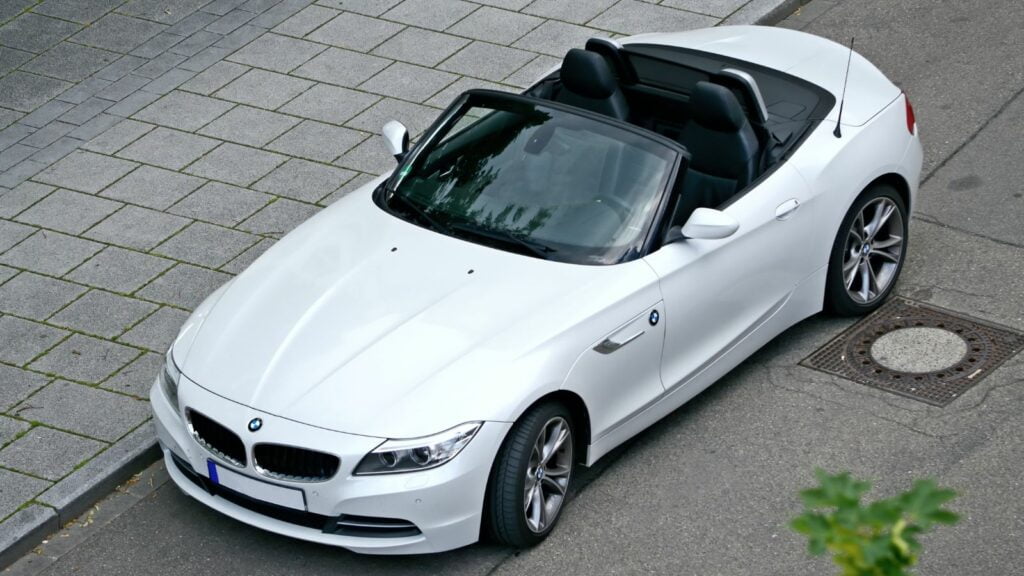From once-dominating roads to vanishing off the map, the world of automotive brands is as dramatic as a Hollywood saga. Let’s take a joyride through the histories of 10 iconic car brands that zoomed to fame only to crash or fade out spectacularly.
DeLorean
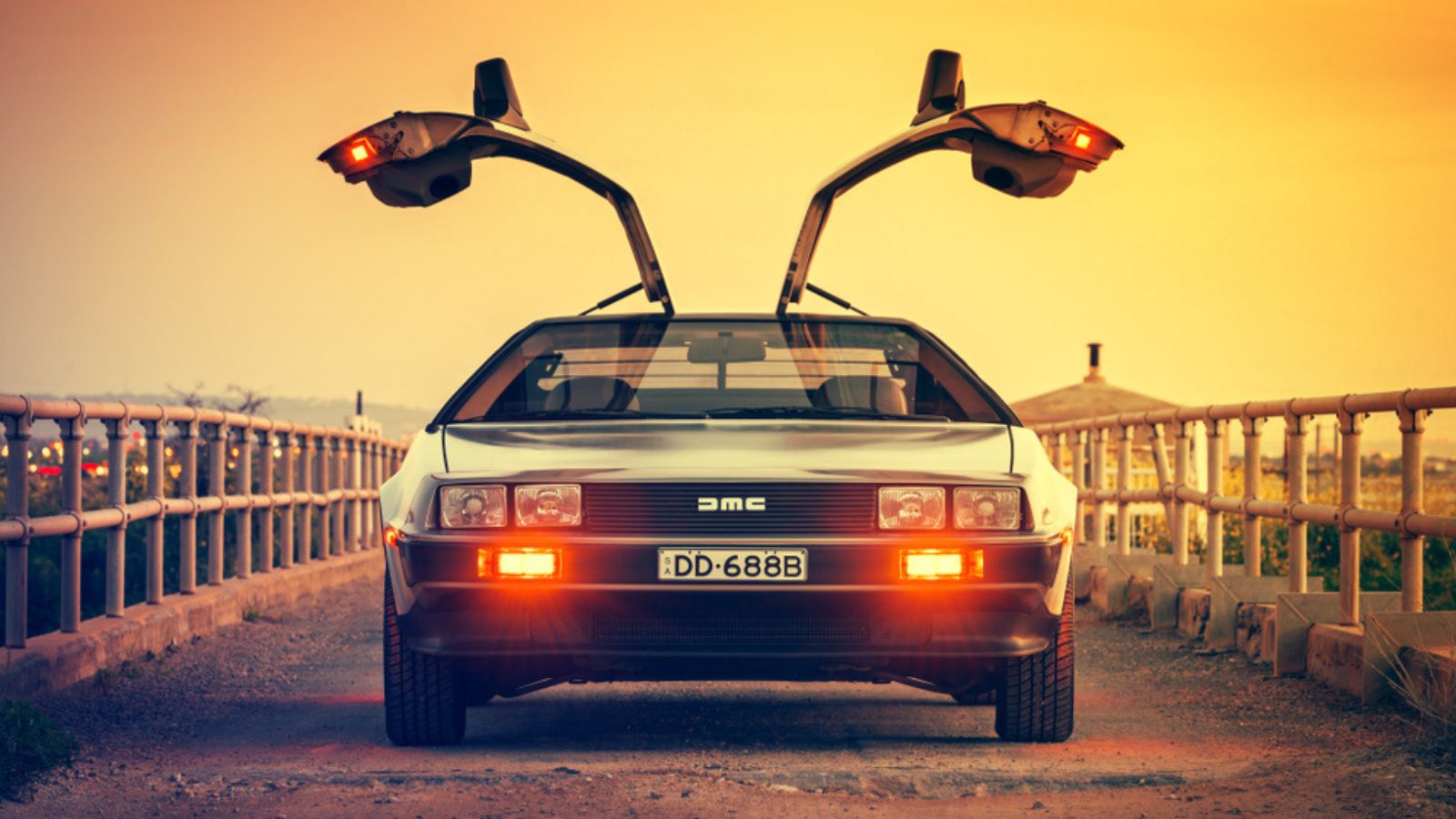
DeLorean: The car that traveled through time (thanks, “Back to the Future”). Designed by John DeLorean, a former GM executive, the DeLorean DMC-12 had all the makings of an icon: a futuristic stainless-steel body, gull-wing doors, and an unforgettable name. But while it nailed pop culture, the company tanked. What happened? Bad timing, underwhelming performance, and poor financial decisions. The car’s engine delivered a disappointing 130 horsepower, and it didn’t help that DeLorean’s founder got embroiled in a controversial drug-trafficking scandal. A flashy car with a dark past—if only it could’ve fast-forwarded through the bad press.
Hummer
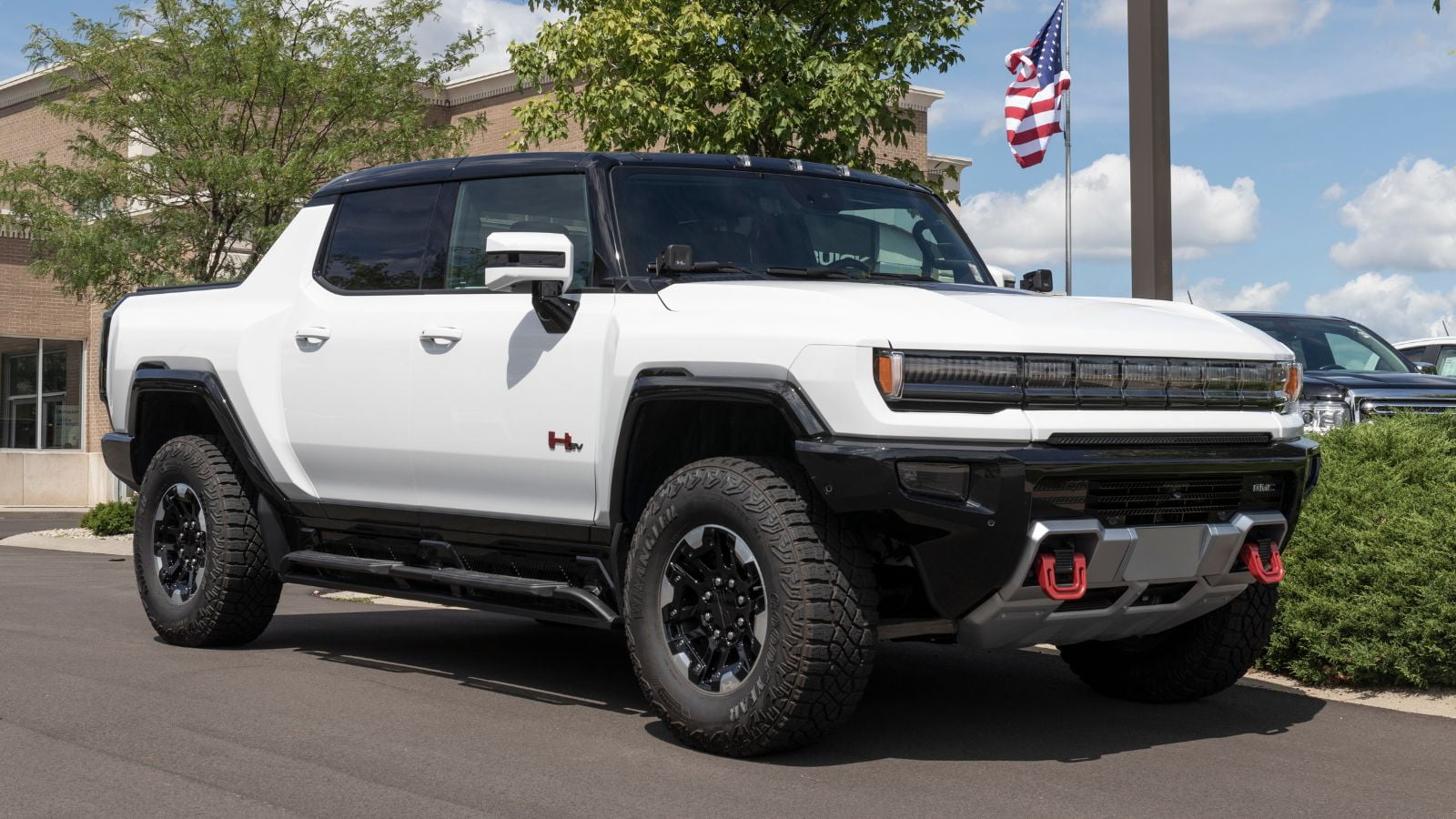
Hummer was the automotive equivalent of strapping yourself into a tank for a grocery run. Born from the military Humvee, the civilian Hummer screamed “rugged,” “tough,” and, after a while, “environmental hazard.” Arnold Schwarzenegger championed it, but soon, it became a mark of excessive fuel consumption. Hummer’s fall can be directly linked to its atrocious fuel efficiency when environmental concerns were rising. Things aren’t going well when your entire brand becomes the poster child for waste. Add in the 2008 financial crisis, and suddenly, nobody wanted to burn cash (or fossil fuel) on a 10,000-pound behemoth that got 9 miles per gallon. The brand was discontinued in 2010, though it’s trying to make a green comeback with electric models.
Saab

Saab was the quirky, lovable Swedish automaker with a cult following. Known for innovations like turbocharged engines and aircraft-inspired designs (Saab started as an aerospace manufacturer), the brand garnered a loyal but niche customer base. It was the smart, intellectual car—the Volvo’s hip, artistic cousin. Saab’s downfall began when it was sold to General Motors in the 1990s. While GM tried to push Saab into a more mainstream role, it lost its uniqueness. By 2011, after years of teetering, Saab declared bankruptcy, leaving behind a small but passionate group of Saab lovers who still swear by their turbocharged quirks.
Saturn
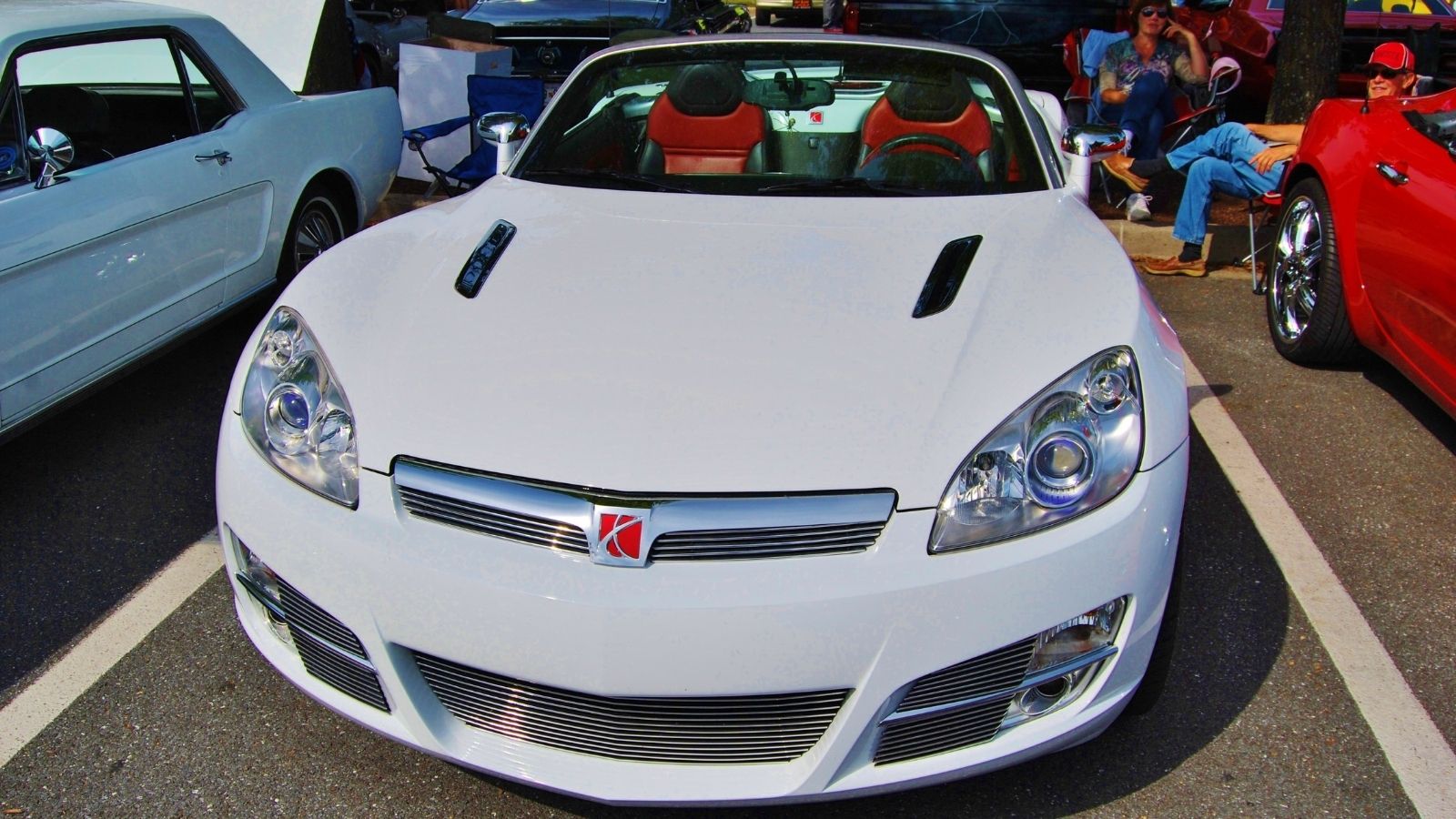
Saturn was GM’s experiment to challenge Japanese automakers in the compact car segment. Launched in 1985, Saturn tried to be different: no-haggle pricing, customer-friendly dealerships, and cars that didn’t rust. Initially, it worked—customers loved the straightforward approach. Saturn sales peaked in the 1990s, especially with its highly-rated SL model. The fall came when GM integrated Saturn into its other brands, removing its unique selling points. Without its distinctiveness, Saturn slowly became just another nameplate. In 2009, Saturn was sent to the automotive graveyard amid GM’s restructuring. It turns out that just being nice wasn’t enough to stay in orbit.
Oldsmobile

Oldsmobile, one of the oldest American car brands (founded in 1897!), had a long and storied history. At its peak, Oldsmobile was a trailblazer known for the Rocket V8 engine, producing over a million cars annually. In the 1970s and 80s, Oldsmobile had a renaissance, being GM’s top-selling division, known for vehicles like the Cutlass. Yet, by the late 90s, the brand struggled to stand out. It didn’t help that GM already had a crowded lineup of mid-tier sedans. The brand was discontinued in 2004. Turns out, being the elder statesman of the car world doesn’t guarantee you a comfy retirement.
Pontiac
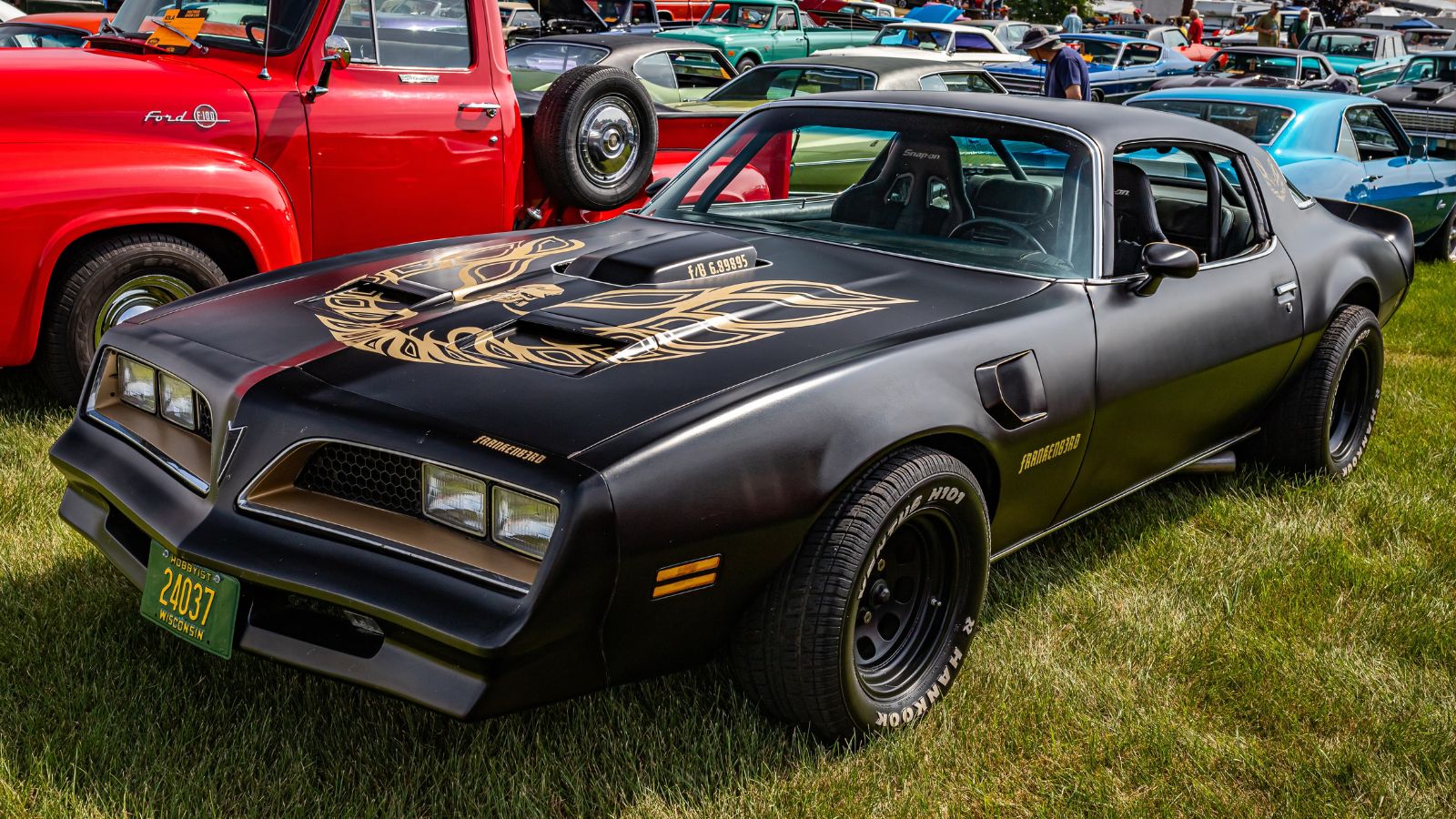
If ever there was a brand synonymous with American muscle cars, it was Pontiac. Its legendary GTO and Firebird models turned heads and smoked tires. Pontiac represented speed, power, and a little bit of rebellion. For a time, it looked unstoppable, riding the wave of performance enthusiasm in the 1960s and 70s. However, in the 2000s, Pontiac found itself out of sync with the market. Younger buyers wanted fuel efficiency, not V8 roars. GM, already in trouble during the financial crisis of 2008, decided Pontiac was expendable. In 2010, Pontiac roared for the last time—a sad end for the muscle-bound legend.
Plymouth
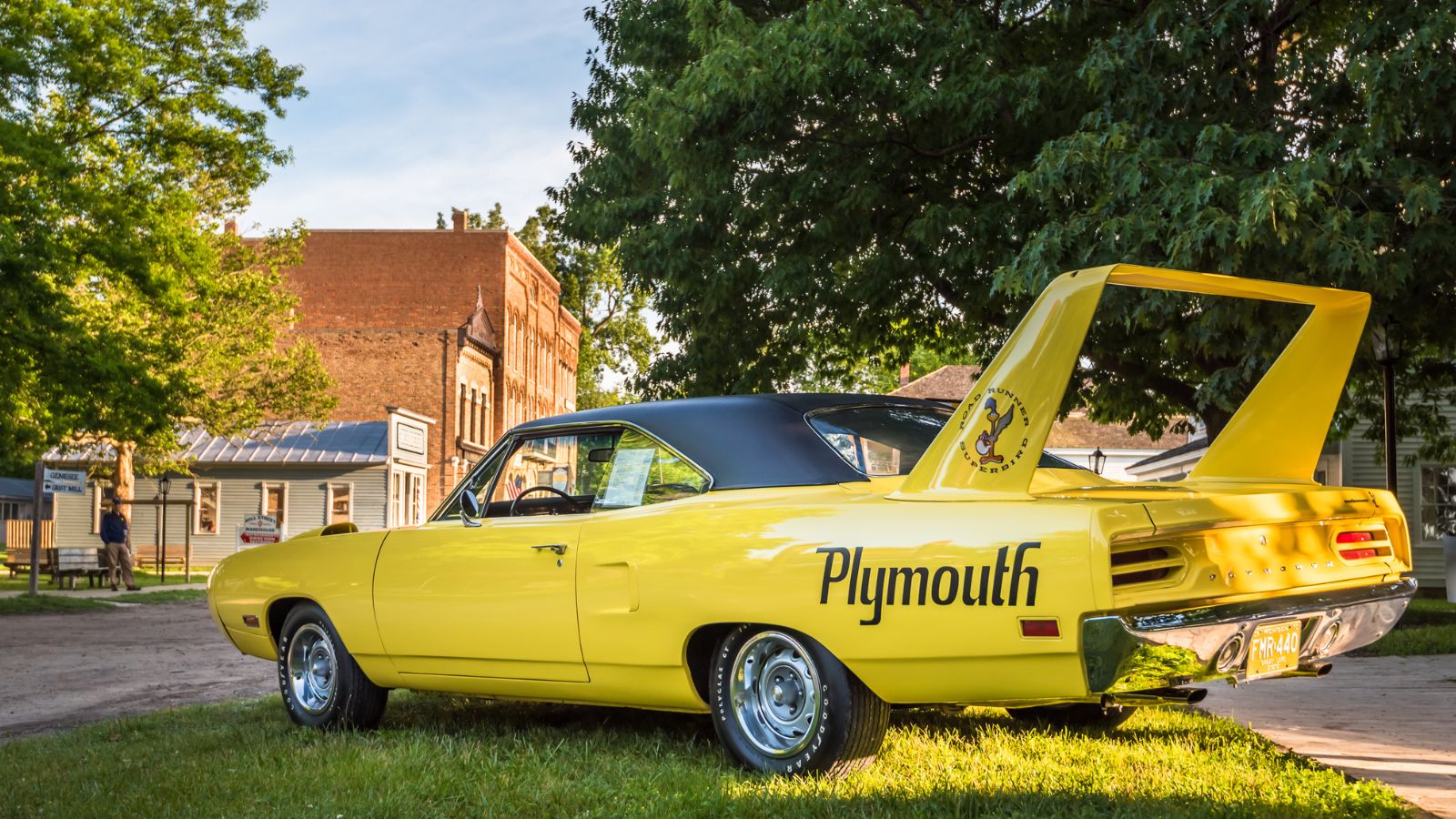
Plymouth was Chrysler’s everyman brand, producing affordable, no-nonsense cars for the masses. For decades, Plymouth was a fixture in American driveways, with models like the Valiant and Barracuda even carving out a niche in the muscle car world. Plymouth sold millions of cars at its height and was seen as the sensible, reliable choice. The problem? Chrysler’s other brands—Dodge and Chrysler itself—started to overlap with Plymouth’s market, making the brand redundant. In 2001, Plymouth’s time ran out. It seems there was no room for the middle sibling in the Chrysler family.
Mercury
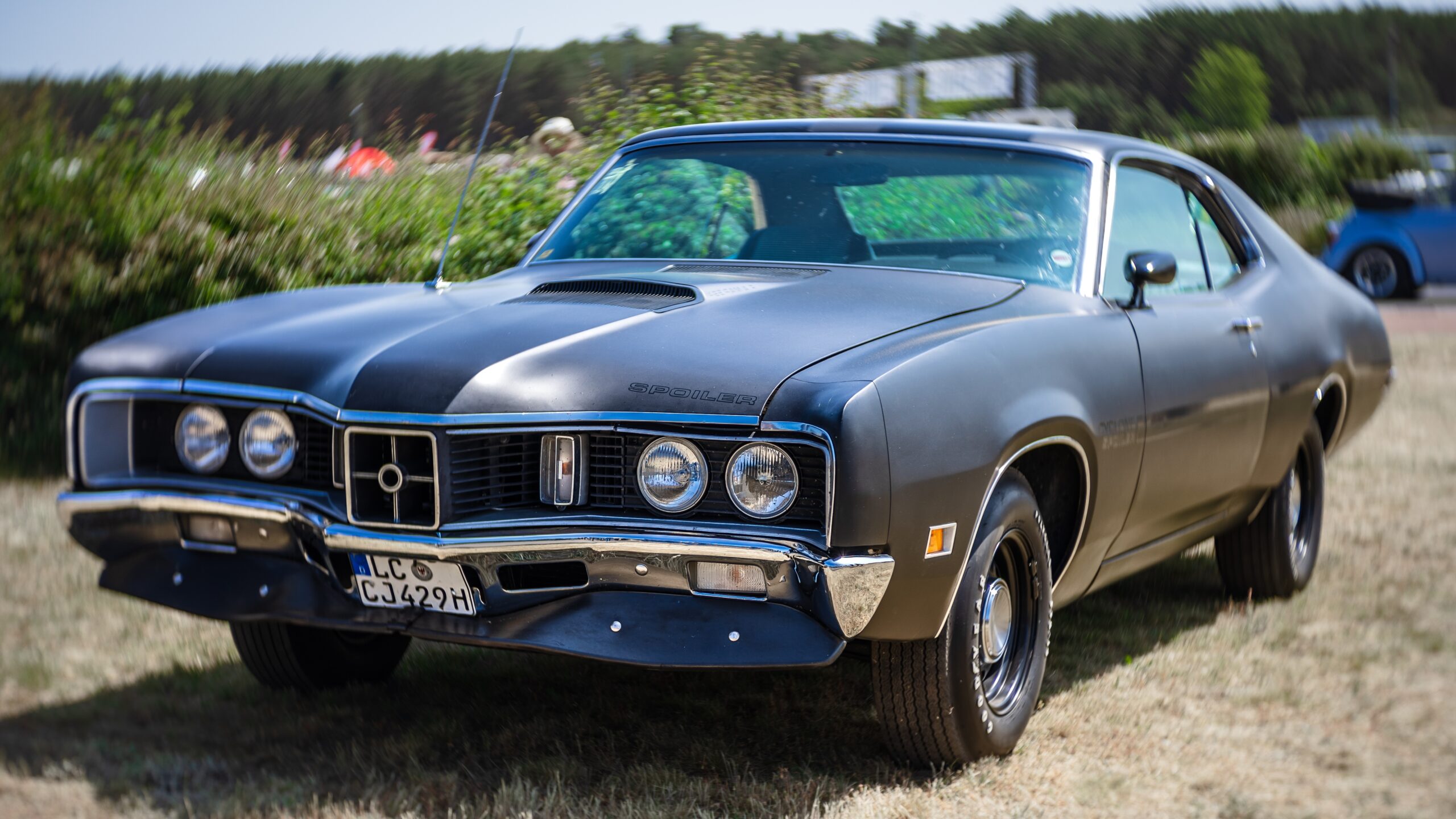
Mercury was always the middle child in the Ford family—more luxurious than a Ford but not quite as ritzy as a Lincoln. Launched in 1938, Mercury was Ford’s answer to the growing demand for mid-level luxury cars. It did well for a while, thanks to models like the Mercury Cougar and Grand Marquis. But Mercury never quite found a strong identity of its own. By the 2000s, it had lost its purpose. Ford pulled the plug in 2010, deciding that two luxury brands in its lineup (Lincoln and Ford) were enough. Like an aspiring actor who never entirely made it out of supporting roles, Mercury was forgotten.
Studebaker
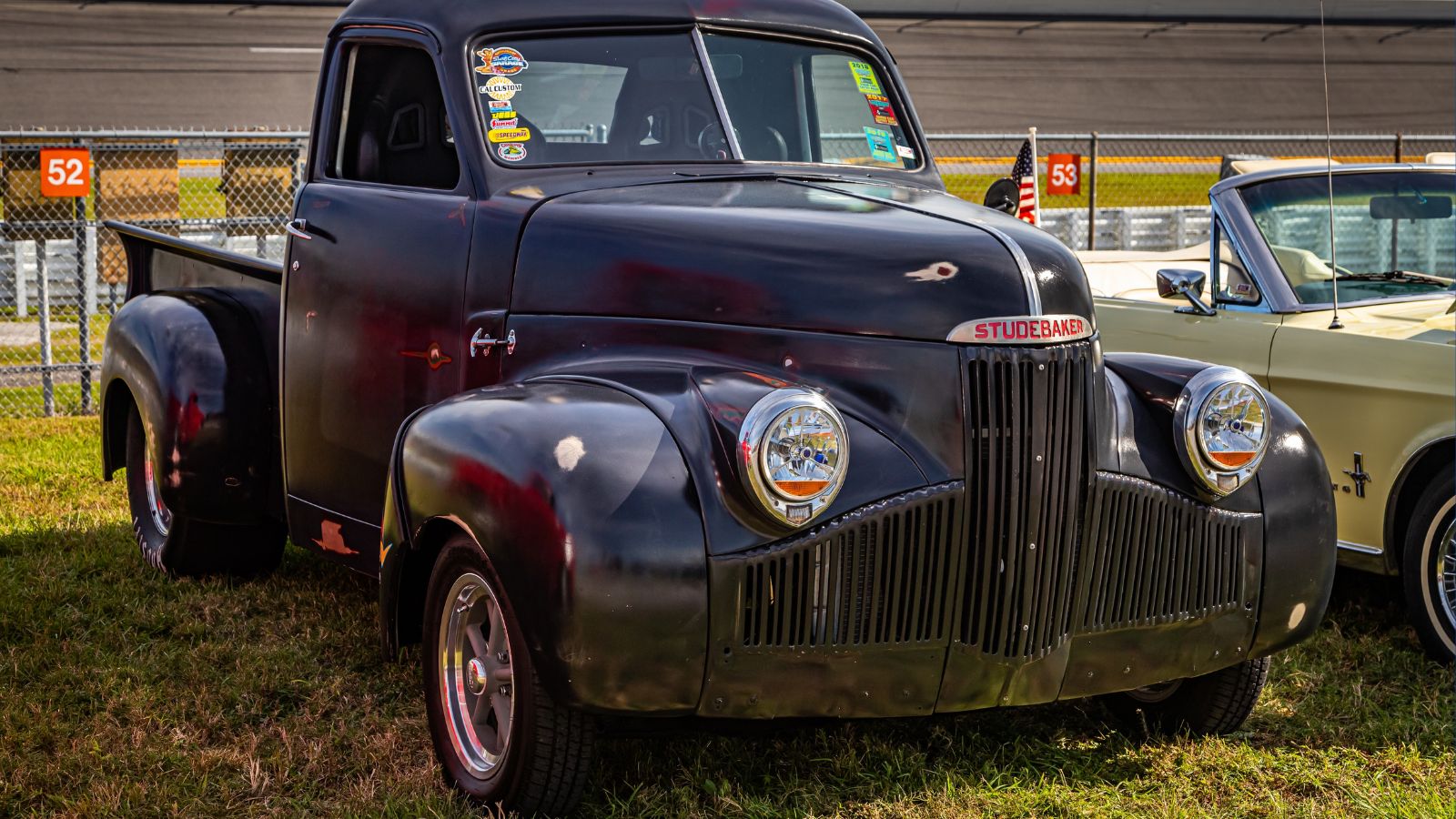
Studebaker is the classic tale of the underdog that punched above its weight but ultimately couldn’t land the knockout blow. Founded in the 1850s, Studebaker made its name producing wagons before transitioning to cars in the early 1900s. Known for quirky but well-made vehicles, Studebaker had a fiercely loyal fanbase and was especially popular for models like the Avanti and the Commander. However, things started to change by the 1950s as Studebaker struggled to keep up with larger automakers. Its merger with Packard in 1954 was supposed to help, but both companies faltered. Studebaker produced its last car in 1966. They had spirit but no bankroll to compete with the giants.
Fisker
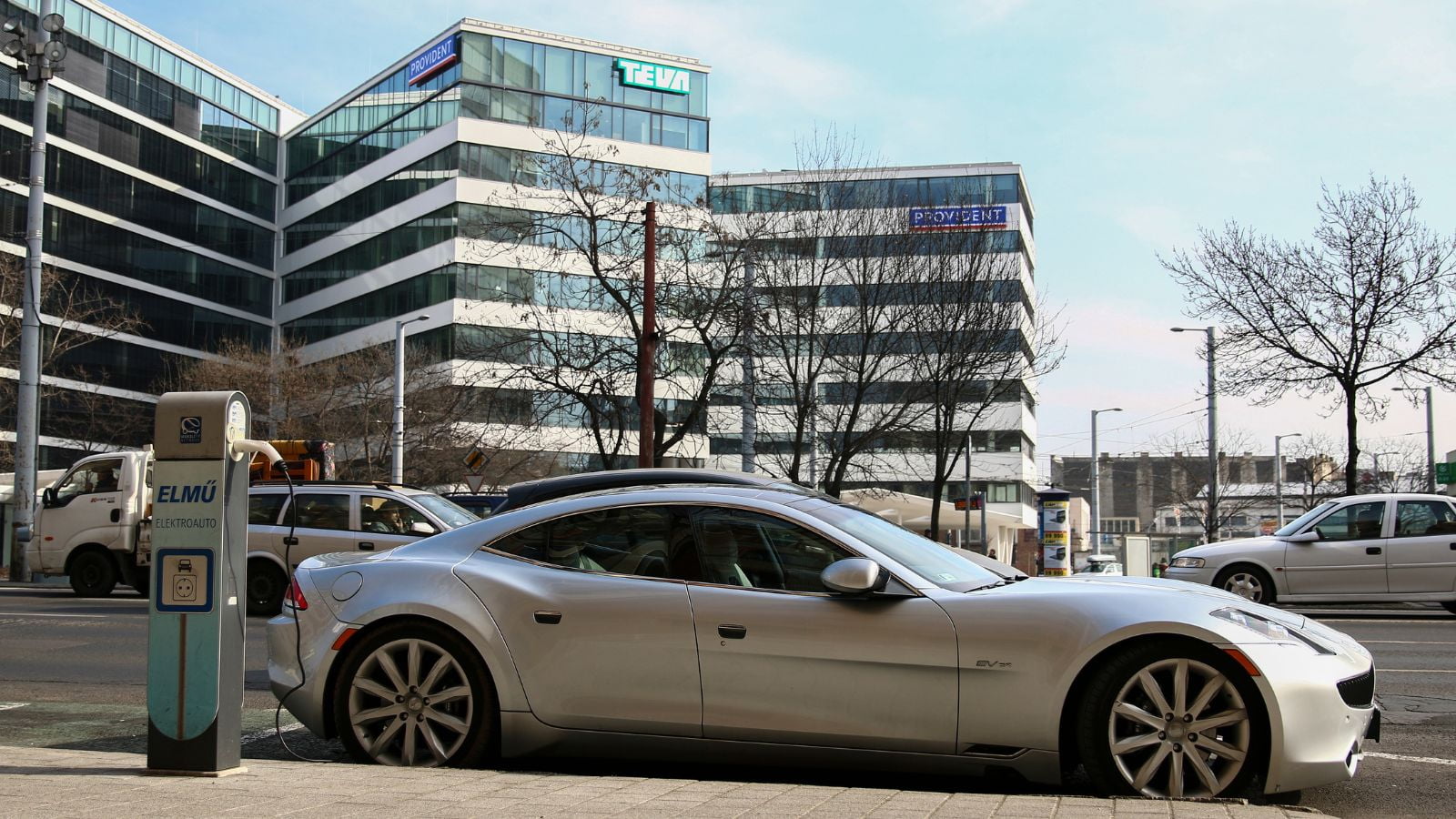
Fisker had a bold vision: To build a beautiful, eco-friendly luxury car. And Henrik Fisker, the designer behind the iconic Aston Martin DB9, was the man to do it. The result? The Fisker Karma was a plug-in hybrid that turned heads with its sleek design and promised to revolutionize green driving. Unfortunately, technical issues, battery failures, and production delays led to Fisker’s downfall. By 2013, the company had filed for bankruptcy. The brand’s ambitions outpaced its ability to deliver, making it a cautionary tale for startups trying to do too much too fast. The dream was electric; the reality was a short-circuited nightmare.
14 Supercars Under $100K That Deliver Breathtaking Speed and Style
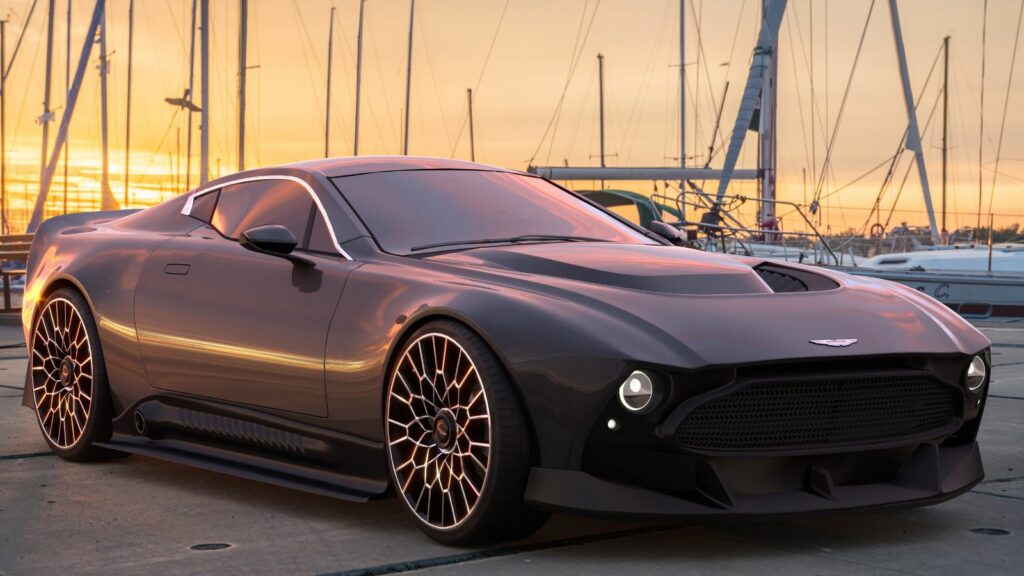
When you think of supercars, names like Ferrari, Lamborghini, and McLaren often come to mind, along with their staggering price tags. However, high-performance vehicles aren’t exclusively reserved for the super-rich. There exists a sweet spot where speed, style, and (relatively) sensible pricing converge, offering thrilling rides without completely obliterating your bank account. Hop in as we explore 14 underrated supercars under $100K.
14 Supercars Under $100K That Deliver Breathtaking Speed and Style
